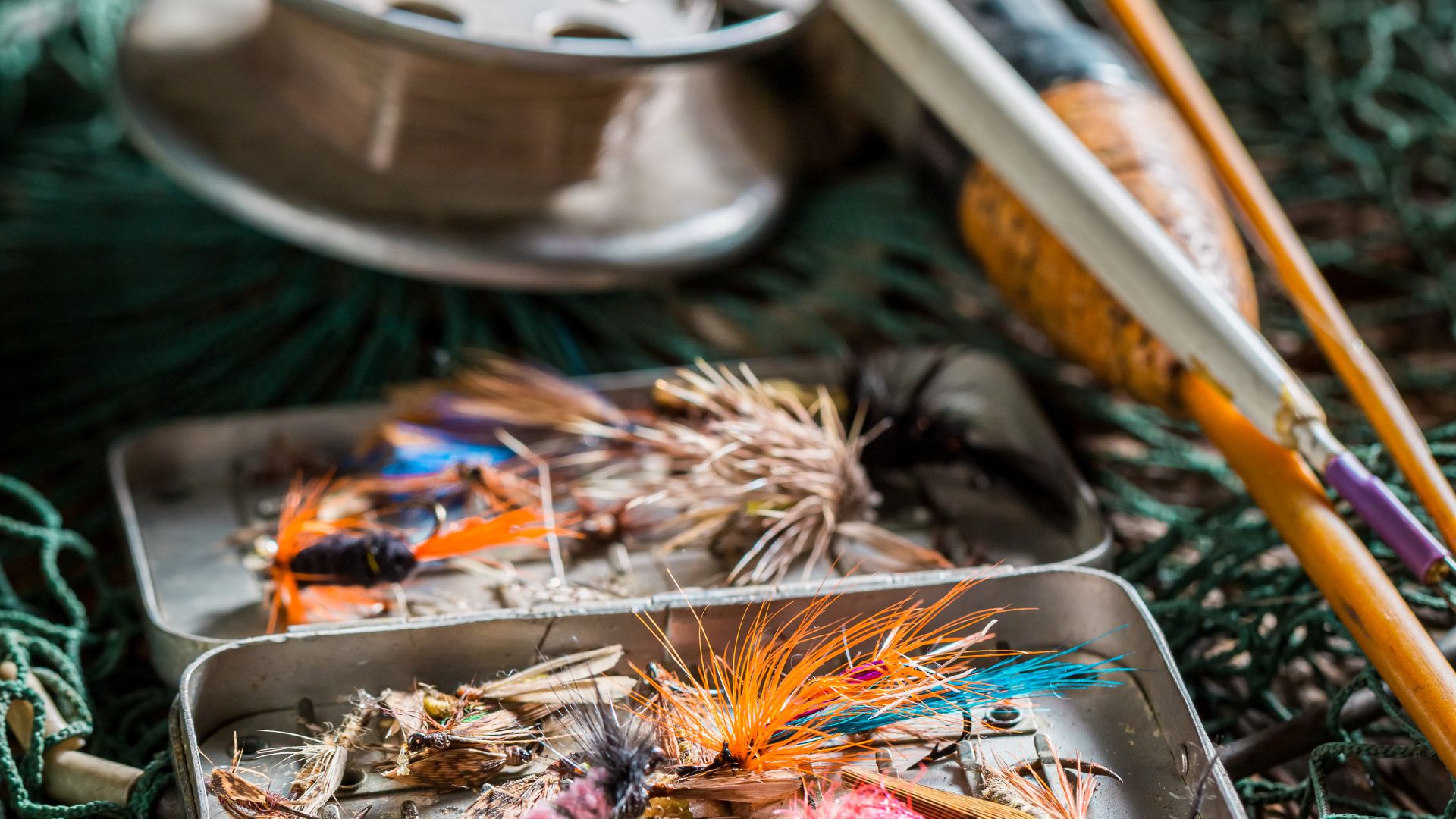Where to Buy Fishing Equipment

Fishing can be an enjoyable way to unwind and appreciate nature, but for successful outings you need the right gear.
Lure fishers typically prefer stiffer rods made of graphite or graphite/carbon composite blend (known as fast action in fishing terms), while bait fishers might opt for something lighter and more flexible.
Lures
Fishing lures are artificial objects designed to imitate the appearance of baitfish or food sources, including wood, plastic, metal and various materials such as animal hair feathers string or tinsel. While more costly than live bait they may also reduce deep hooking rates which helps increase survival rates during catch and release fishing sessions.
Jigs are popular lures that feature a weighted head with concealed hook. Their skirt or plastic tail often conceals this element for extra cover when used on freshwater species. Metal spoons and spinnerbaits also use metal blades that spin when the lure is retrieved back out into the water, imitating wounded baitfish as it mimics their actions in mimicking wounded prey fish.
Line
While any line can catch fish, different types of fishing lines work better in certain circumstances. Factors like type of fish, environment and use of lures/baits as well as angler’s skill level all influence which fishing line to select for each task.
Monofilament fishing line remains an indispensable staple in most tackle boxes, while more modern alternatives such as braided fishing lines and fluorocarbon lines that are thinner, more transparent, and less visible underwater have emerged as viable options for fishermen. All have their own set of advantages and disadvantages.
Needless-nose pliers are also essential accessories, as they’re necessary to remove hooks from fish and to take care of any line snags. To combat corrosion and provide maximum comfort during use, look for stainless steel needle-nose pliers with ergonomic handles and comfortable grips.
Swivels
Swivels may not be the most attractive piece of terminal tackle, but they are essential in maintaining good conditions for your lines and eliminating line twist. Twist can occur for various reasons such as your lure’s action, water movement or sinker contours causing unwanted knots or break offs to develop in your line causing it to twist resulting in tangles, loss of line or even complete breaks offs of its threads.
Snap swivels such as the Spro coast lock ball bearing snap swivel are great tools that allow you to easily connect or change out bait or lure quickly while eliminating line twist. Although they cost more than barrel swivels, their worthier investment will result in far fewer fish lost due to broken swivels.
Hooks
Hooks come in various sizes and styles, so it’s essential that you select one which meets the demands of your fishing situation. A blunt hook may result in missed strikes and lost fish; sharpened hooks will work best.
The most basic type of hook features a pointed tip, shaft and eye for attaching line to. Some hooks feature barbs which must be removed prior to using in order to avoid unnecessary damage to fish during consumption.
Some hooks feature unique shapes, such as the circle hook used by catfish fishermen to hook their catch with just by shifting their bait. Furthermore, these thicker gauge hooks make setting easier.
Reels
Reels are mechanical devices used to store fishing line. Finding an effective reel that suits the fishing rod you choose is key; choose one with a good drag system and number system that indicates how much line is available on it.
Spinning reels are versatile fishing tackle that work well across species and environments, thanks to their ability to use smaller lures and baits effectively. Offering superior cranking power and available in various sizes and styles.
When purchasing a spinning reel, several key considerations must be kept in mind, including its weight and materials. According to Bretza, there has been an effort in both saltwater and freshwater reels towards lighter designs; furthermore many manufacturers have moved away from die-cast gears which tend to be cheaper but less durable than stainless steel options.
